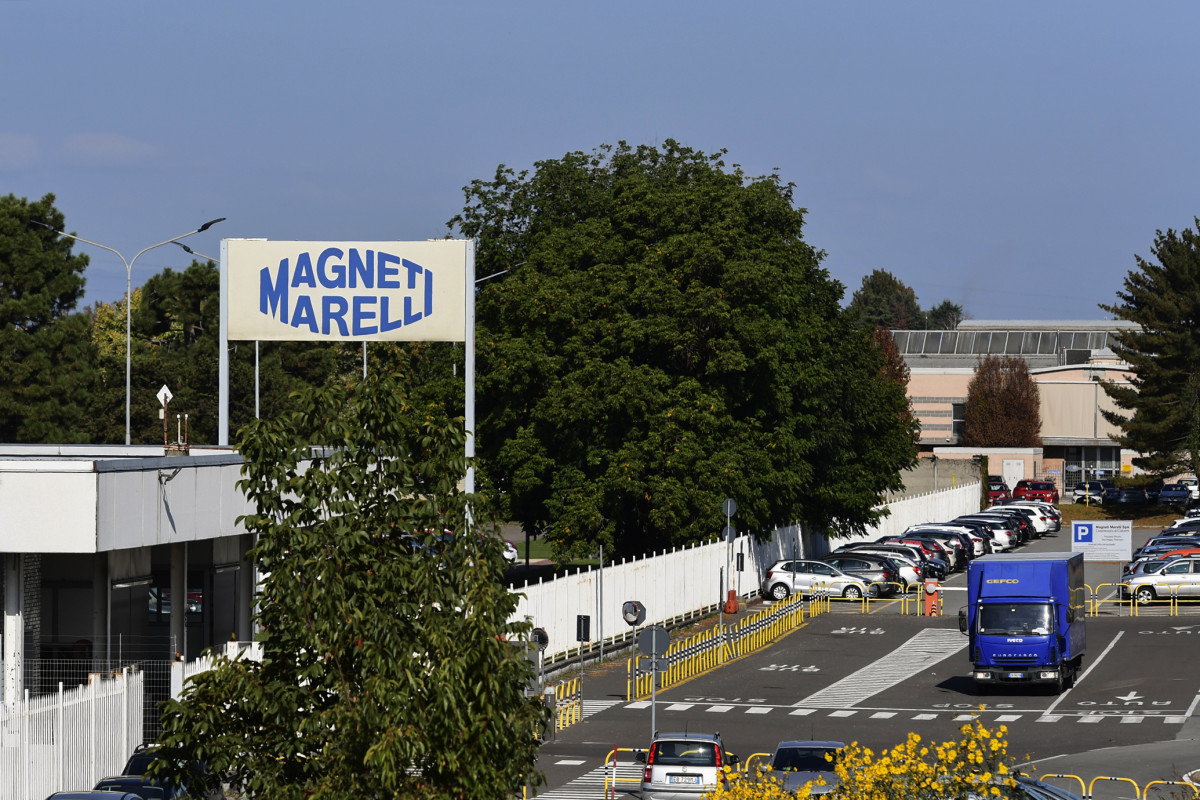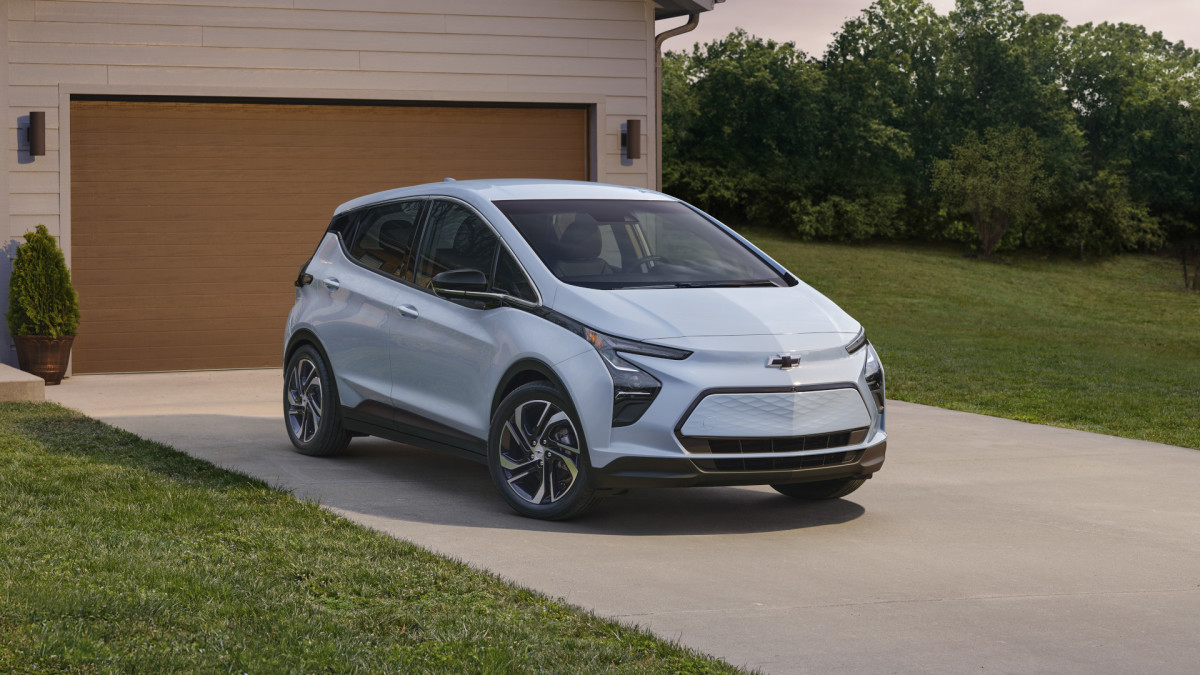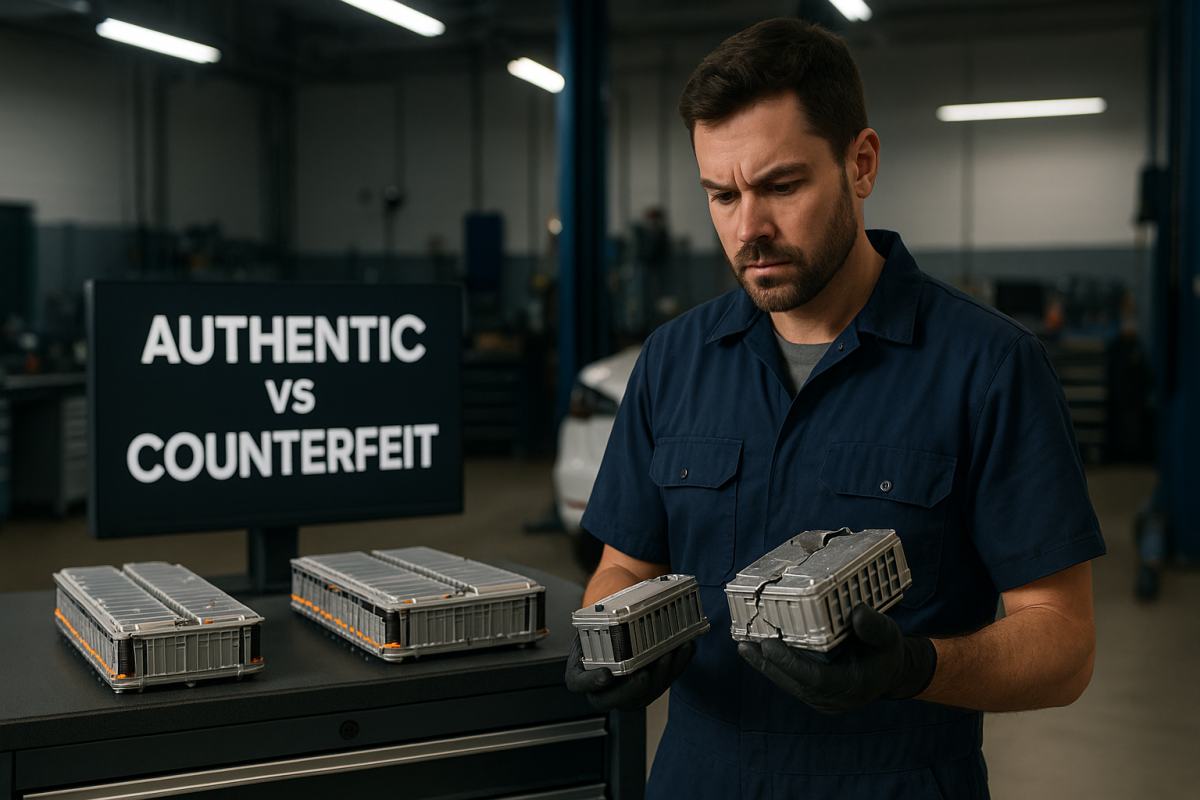More domestic manufacturing? GM says yes
In an announcement late on June 10, one of the most prominent Detroit-based automakers, General Motors, announced its landmark investment plans that would catalyze auto manufacturing in the United States.
The automaker announced plans to invest about $4 billion over the next two years to support its U.S. manufacturing plants and their efforts to produce gas and electric vehicles. The automaker did not specify how much money each plant would receive, but it said that the $4 billion in question would help adapt the Orion Assembly in Michigan, Fairfax Assembly in Kansas, and Spring Hill Manufacturing in Tennessee for future vehicles in its pipeline.
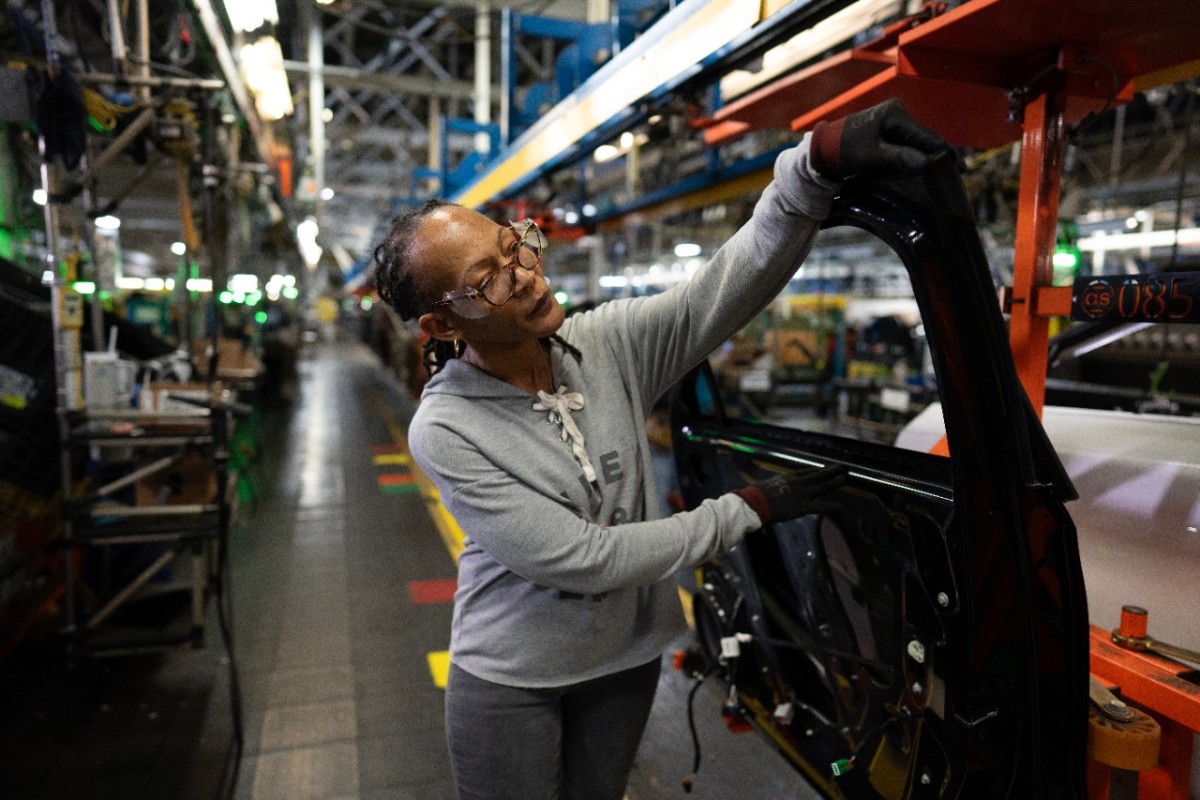
General Motors
These factories are set to produce new products
General Motors plans to retool its Orion Assembly plant to produce gasoline-powered full-size SUVs and light-duty pickups starting in early 2027 in response to strong demand for these vehicles. Originally, Orion was set to be reconfigured for electric vehicle production, but GM has announced that its Factory Zero electric vehicle plant in Detroit will be the dedicated facility for manufacturing the Chevrolet Silverado EV, GMC Sierra EV, Hummer EV, and Cadillac Escalade IQ.
GM’s Fairfax plant will continue to be retooled to produce the next generation of the Chevrolet Bolt EV, with production expected to begin by the end of the year. However, the automaker announced that Fairfax will share production duties with the internal combustion version of the Chevy Equinox in mid-2027 and also focus on building the next generation of affordable EVs. Furthermore, GM also stated that some of its funding will be allocated to the Spring Hill plant, where it plans to manufacture the gasoline-powered Chevrolet Blazer in 2027, alongside Cadillac’s gas-powered XT5 crossover and the Cadillac Lyriq and Vistiq EVs.
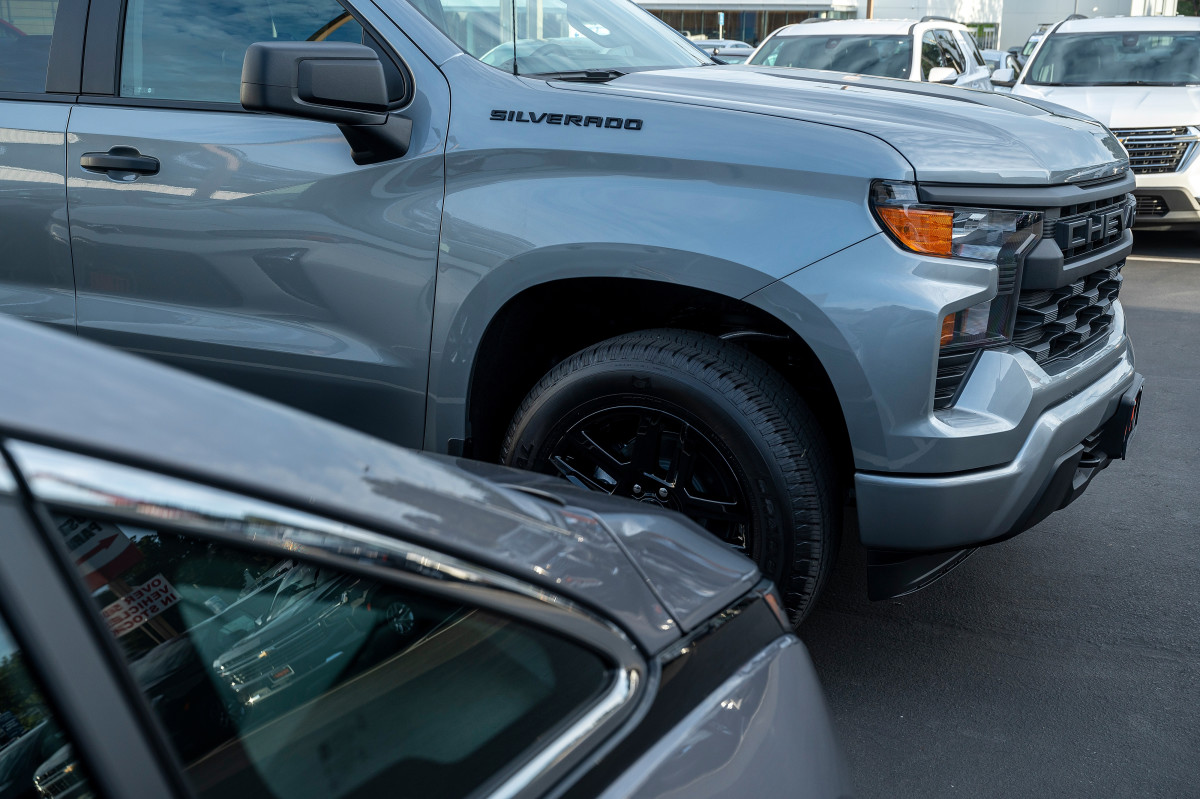
David Paul Morris/Bloomberg via Getty Images
GM’s tariff response
General Motors’s multi-billion-dollar investment in U.S. factories comes at a time when President Donald Trump’s tariffs on vehicle imports are putting direct pressure on the auto industry. Previously, GM indicated that these tariffs would cost the company between $4 billion and $5 billion this year, prompting executives to revise GM’s full-year earnings guidance.
According to GM sources who spoke with Automotive News and CNBC, production of the gas-powered Equinox will move to the Fairfax plant to supplement the current output in San Luis Potosi, Mexico. This change means that the Equinox manufactured in Mexico will be designated for overseas markets. Production of the Blazer will also shift from Ramos Arizpe, Mexico, where it is currently produced alongside the Chevy Blazer EV and the Ultium-powered Honda Prologue. GM said in its statement that this investment will help it reach the capacity to build more than 2 million cars per year in the U.S.
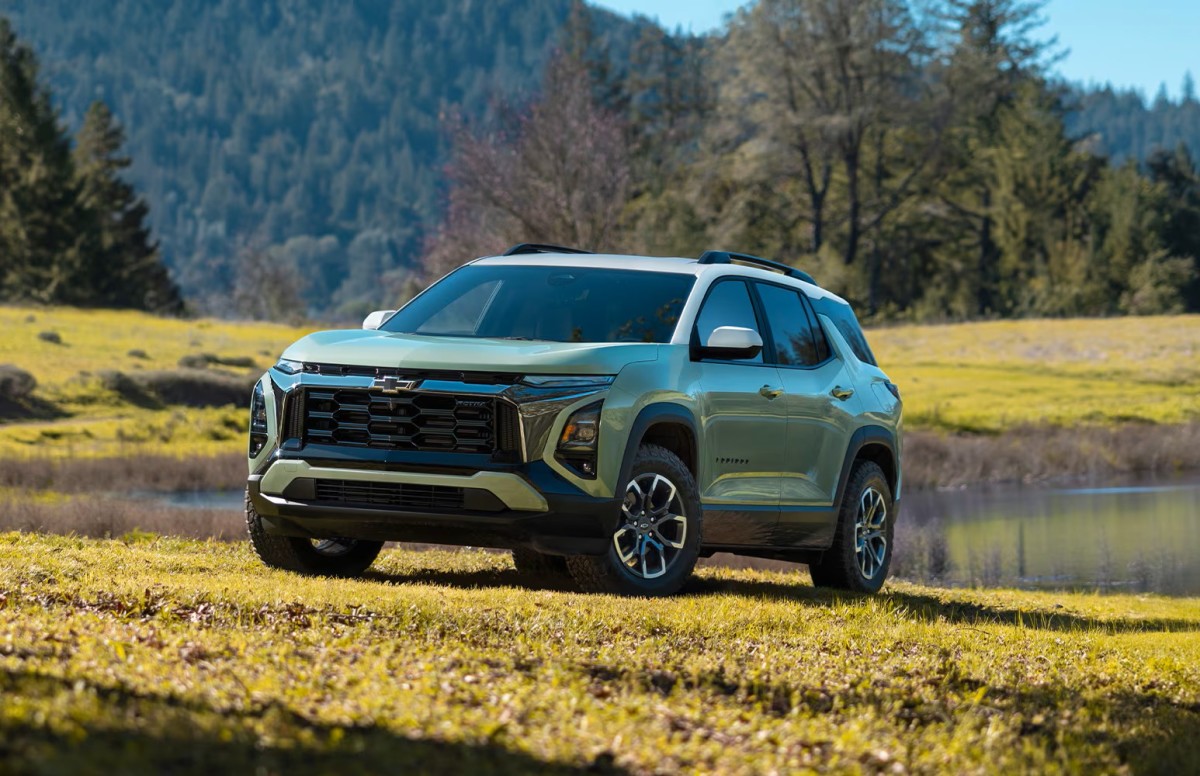
Chevy
“We believe the future of transportation will be driven by American innovation and manufacturing expertise,” GM CEO Mary Barra said in a statement. “Today’s announcement demonstrates our ongoing commitment to build vehicles in the U.S and to support American jobs. We’re focused on giving customers choice and offering a broad range of vehicles they love.”
The investment announcement has been viewed as a win by prominent labor leaders, who see it as a direct reinvestment in a unionized labor force. In a statement, UAW President Shawn Fain, who previously aired direct support of Trump’s tariffs, hailed the levies as a step forward for American labor.
“GM’s decision to invest billions in American plants and prioritize U.S. workers is exactly why we spoke up in favor of these auto tariffs,” Fain said in a June 11 statement. “The writing is on the wall: the race to the bottom is over. We have excess manufacturing capacity at our existing plants, and auto companies can easily bring good union jobs back to the U.S.”
Final thoughts
In remarks during a Deutsche Bank automotive investor conference on June 11, GM CFO Paul Jacobson confirmed that the automaker’s multi-billion-dollar decision was made in response to Trump’s tariffs, adding that though it’s a lot of money, it can invest in what’s next for the auto industry.
“A lot of the fear from talking to investors was that the policies that are being enacted by the administration were going to create a significant run on capital,” Jacobson said. “Four billion dollars is a lot of money, but I think we’ve been able to thread that in ways that are capitalizing on the next generation of vehicles coming in, to do it efficiently, not building walls that we don’t need to build where we can fill plants up, and also keep our capital forecast in line and consistent with where we’ve seen it.”
At the same time, the company is relying on its flexibility. He pointed out that the improvements at the facilities at Fairfax and Spring Hill will be designed to adjust output based on customer demand for either gasoline or electric vehicles. “That optionality is really important and critical for us as we move forward, being able to respond to where EV demand is going to be,” Jacobson said.

